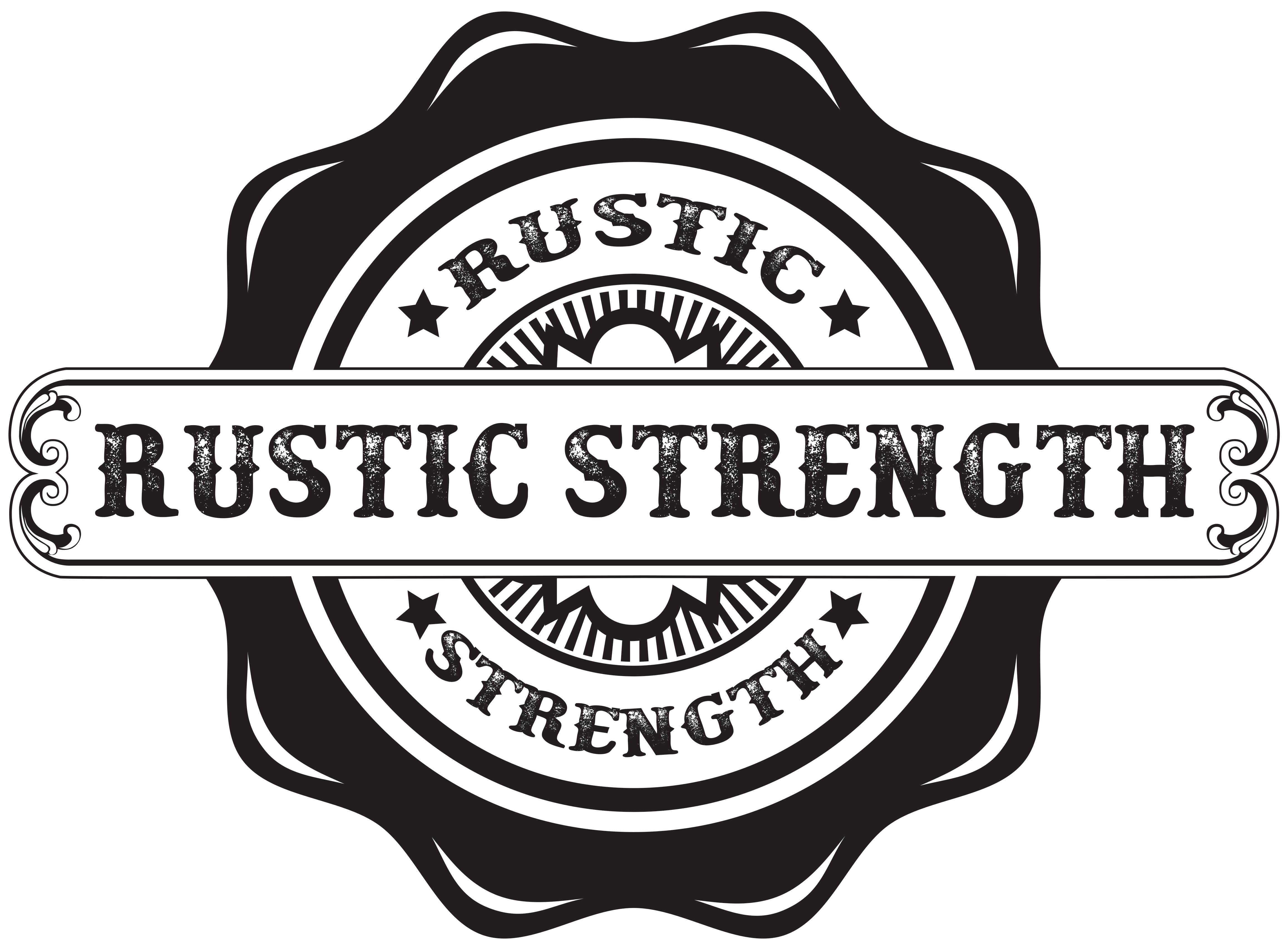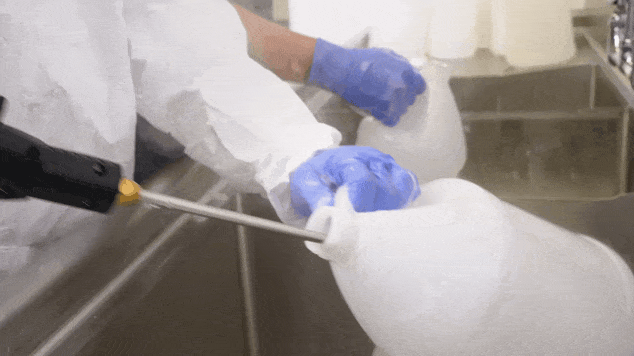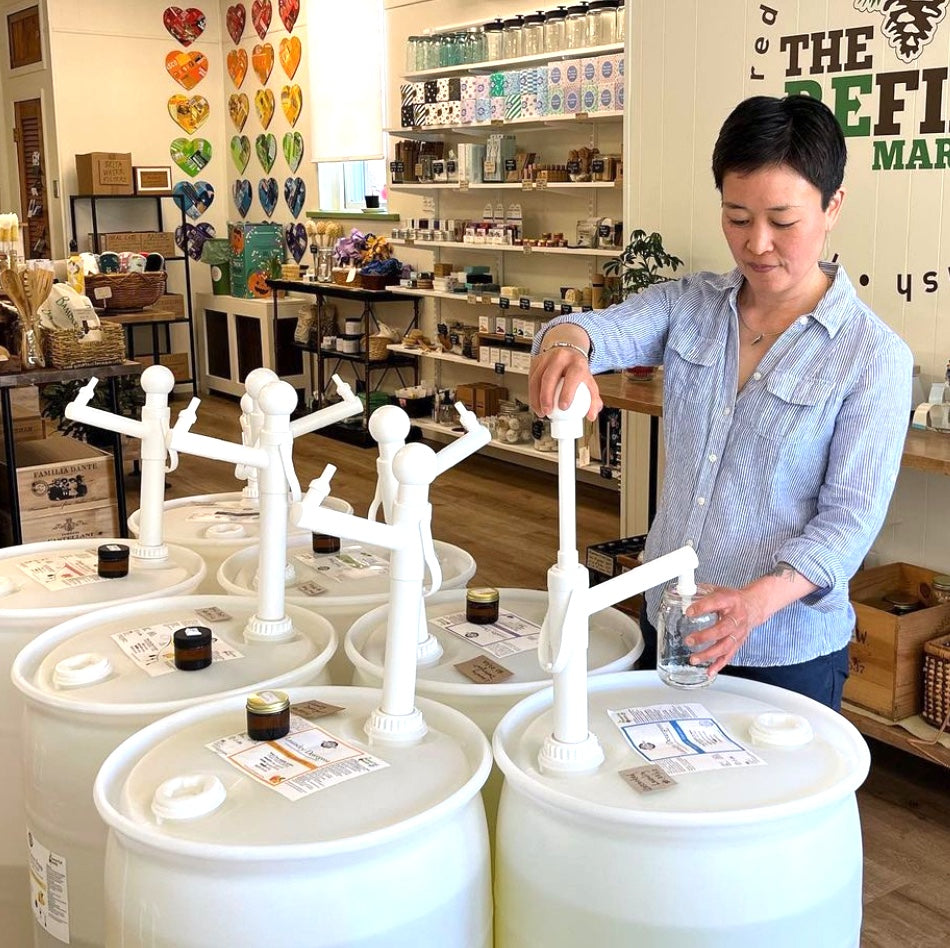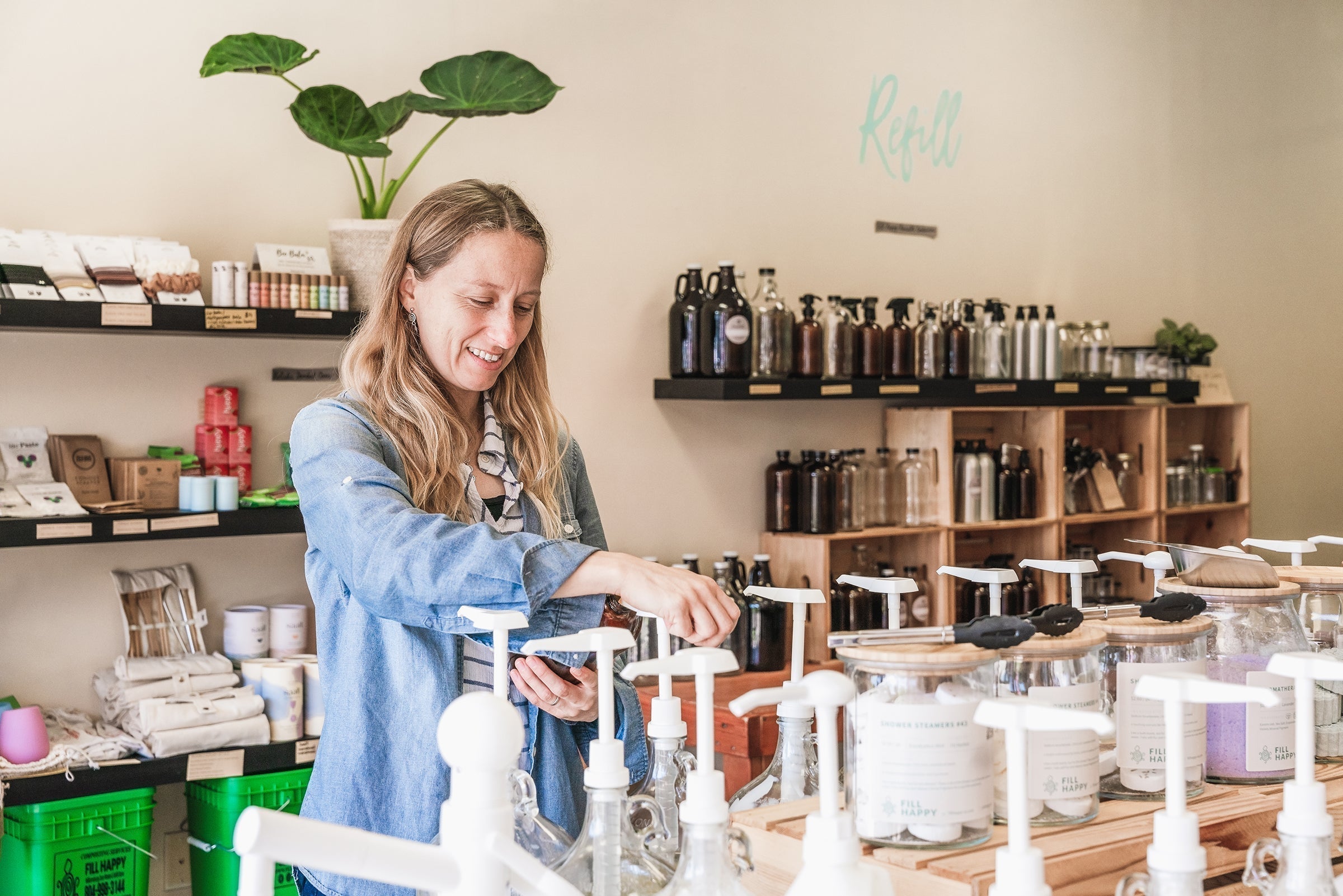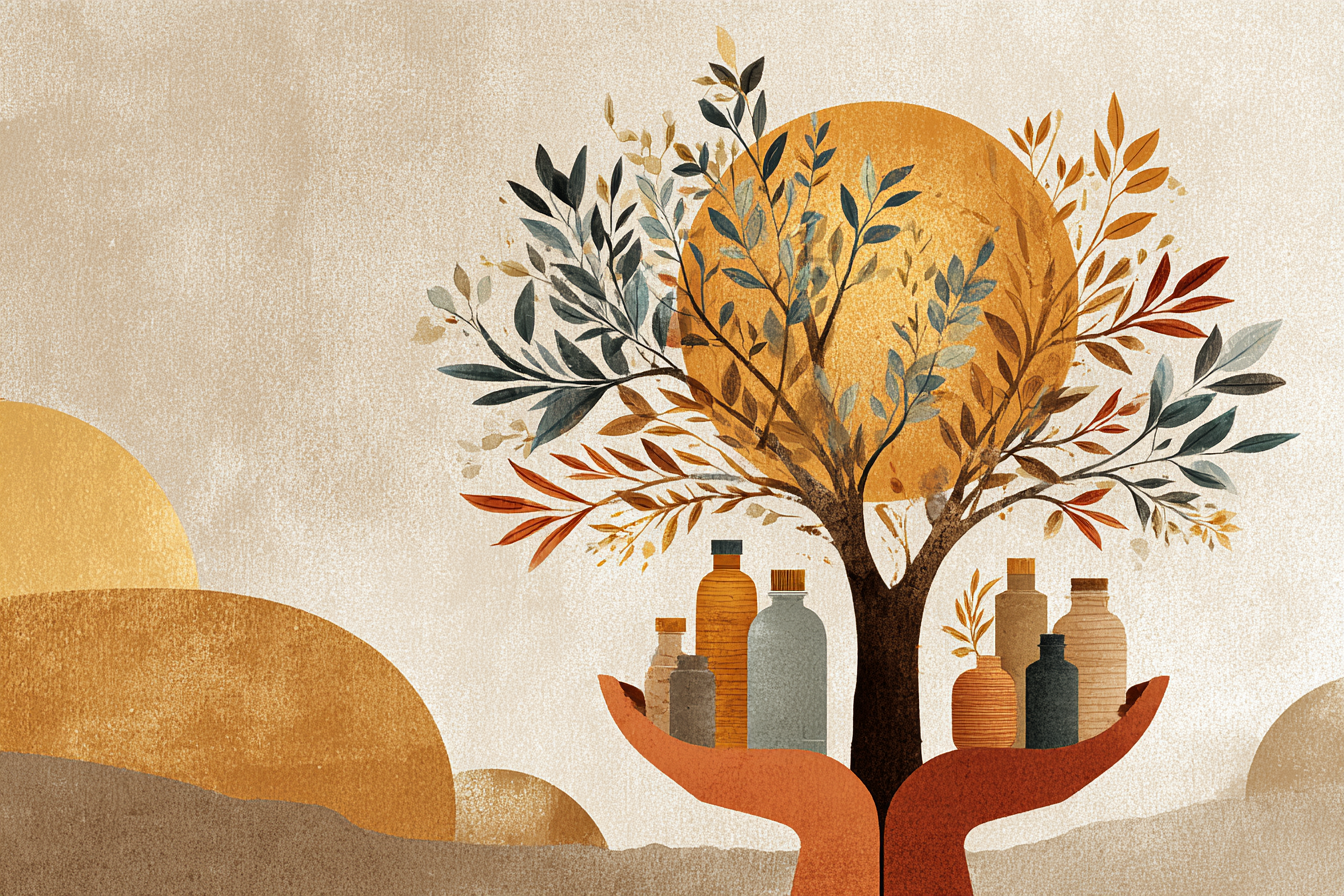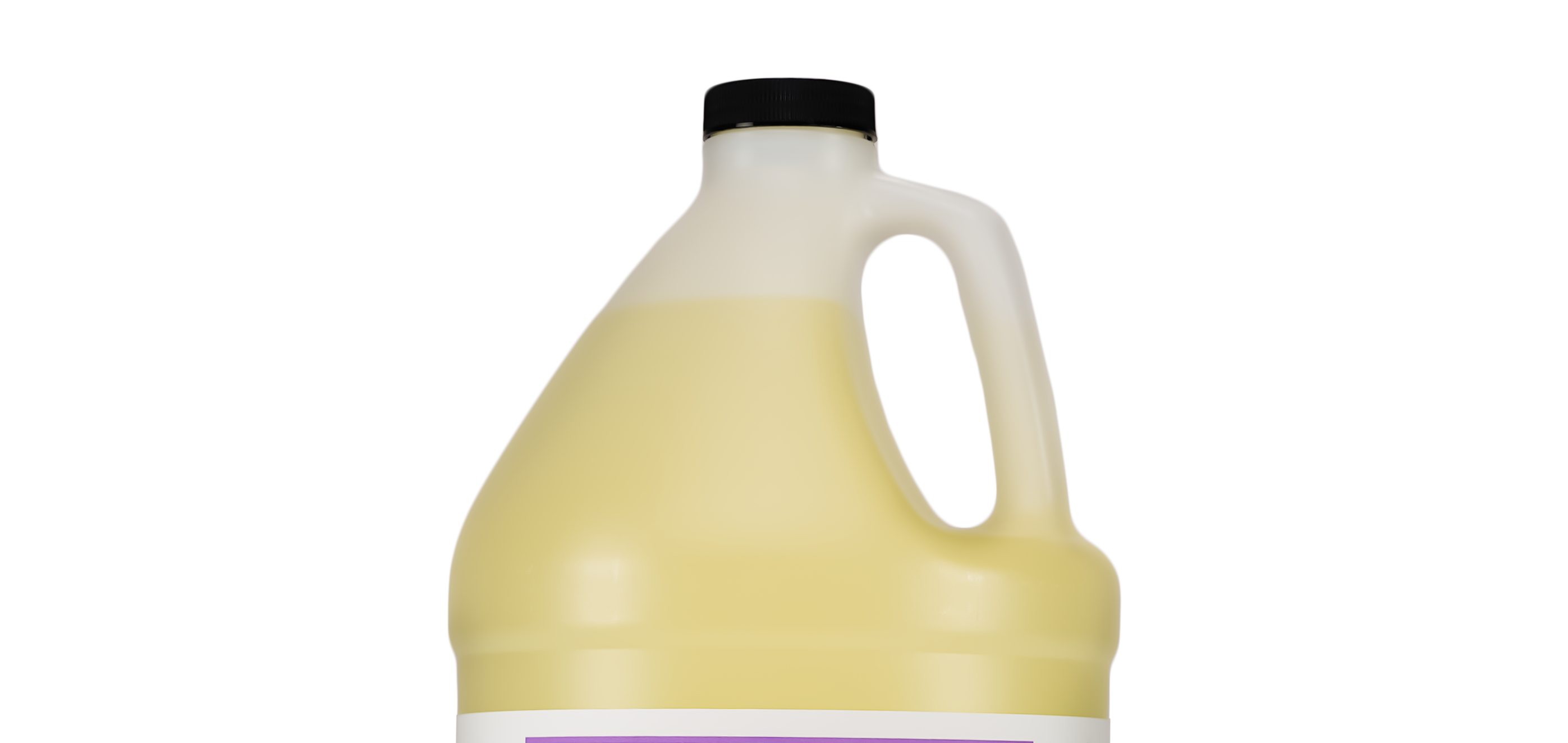Ever feel that pang of guilt as you toss another empty container into the recycling bin? You're not alone. In a world overflowing with "stuff," it's easy to feel overwhelmed by the constant cycle of consumption and disposal. We buy, we use, and then... where does it all go? The traditional linear path of "take-make-dispose" feels increasingly unsustainable, leaving us with mountains of waste and a nagging sense that there must be a better way.
But what if there was? What if those empty containers could have a second, third, or even infinite life? That's the beauty of the closed loop system. It's not just a trendy buzzword; it's a powerful shift in mindset that transforms waste into a valuable resource, creating a circular economy where materials are constantly reused and repurposed.
At Rustic Strength, we believe in this vision so deeply that we've built our very own Close the Loop™ Container Return Program. We understand your desire to reduce waste, and we're here to guide you on how you can actively participate in creating a more sustainable future, whether you're a seasoned eco-warrior or just starting your green journey.
This guide will walk you through practical ways to embrace the "closed loop" concept in your daily life, with specific examples of how our program and other initiatives can help. Let's close the loop together!
Understanding the Basics: What is a Closed Loop?
In simple terms, a closed loop system is one where resources are used, recovered, and then reintroduced back into the production cycle, minimizing waste and the need for new raw materials. Think of it like nature's perfect recycling system – a leaf falls, decomposes, and nourishes the soil for new growth.
In a business context, a closed loop system aims to mimic this natural efficiency. Instead of products ending up in landfills after their initial use, they are designed to be either reused, refurbished, remanufactured, or recycled back into new products.
Your Path to Closing the Loop: Practical Steps for Every Lifestyle
No matter your current habits, there are ways you can actively participate in closed loop systems. Here's a step-by-step guide tailored to different approaches:
Level 1: The Conscious Consumer (Beginner-Friendly)
This level focuses on making informed choices and utilizing existing closed loop programs.
- Choose Products with Closed Loop Options: Look for brands and products that actively take back their packaging or products for reuse or recycling. For example, our Rustic Strength Close the Loop™ program allows you to return your empty product containers to us. We then sanitize and refill them, giving them a new life and reducing the need for new plastic. You can learn more about how to participate here: https://rusticstrength.com/pages/close-the-loop-program
- Properly Prepare Items for Existing Recycling Programs: While not a true "closed loop" in all cases (as the recycled material might become a different product), ensuring your recyclables are clean and sorted correctly maximizes their chances of being repurposed. Check your local municipality's guidelines for specifics.
- Support Businesses Committed to Circularity: Choose to buy from companies that prioritize sustainable packaging, offer refill options, or have take-back programs. Your purchasing power sends a strong message!
Level 2: The Resourceful Reuser (Intermediate)
This level involves actively finding new uses for items and minimizing single-use consumption.
- Embrace Reusable Alternatives: Swap single-use items for durable, reusable options. Think reusable water bottles, coffee cups, shopping bags, and food containers. This directly reduces the amount of waste entering any disposal system.
- Get Creative with Upcycling: Before discarding an item, consider if it can be repurposed for a different use. Old jars can become storage containers, worn-out clothes can be cut into cleaning cloths, and damaged furniture can be given a new look with a fresh coat of paint.
- Participate in Local Exchange or Donation Programs: Instead of throwing away items you no longer need, consider donating them to local charities or participating in exchange programs with your community. This keeps valuable resources in use.
Level 3: The Circular Advocate (Advanced)
This level involves actively seeking out and supporting more complex closed loop initiatives and advocating for systemic change.
- Support Businesses Utilizing Innovative Recycling Technologies: Some companies are investing in advanced recycling technologies that can break down plastics into their original components, allowing for true "bottle-to-bottle" or "plastic-to-plastic" recycling, a key aspect of a closed loop.
- Engage in Community Initiatives: Look for or start local initiatives focused on composting, textile recycling, or repair cafes. These community-led efforts can create localized closed loop systems.
Why Closing the Loop Matters: Benefits for You and the Planet
Embracing closed loop principles offers a multitude of benefits:
- Reduces Landfill Waste: By reusing and recycling materials, we divert waste from landfills, conserving valuable land and reducing pollution.
- Conserves Natural Resources: Closed loop systems decrease our reliance on virgin raw materials, protecting ecosystems and reducing the energy needed for extraction and processing.
- Creates Economic Opportunities: The circular economy fosters innovation in recycling technologies, product design, and reuse models, creating new jobs and economic growth.
- Promotes a Sense of Responsibility: Participating in closed loop systems empowers us to take tangible action towards a more sustainable future, fostering a sense of responsibility and connection to our planet.
Key Takeaways: Closing the Loop for a Better Tomorrow
- A closed loop system aims to eliminate waste by reusing and recycling materials back into the production cycle.
- You can participate in closed loop systems at different levels, from choosing sustainable products to advocating for policy changes.
- Rustic Strength's Close the Loop™ Container Return Program is a direct way to participate in a closed loop for your household and personal care products.
- Embracing reusables, upcycling, and supporting circular economy initiatives are crucial steps towards a sustainable future.
- Closed loop systems offer significant environmental and economic benefits.
Let's move beyond the linear "take-make-dispose" model and embrace the power of the closed loop. Every returned container, every upcycled item, every conscious purchase makes a difference. Join us in creating a future where waste becomes a resource and sustainability is the norm.
Frequently Asked Questions (FAQ)
Here are some of the most common questions about closed loop systems:
1. What is a closed loop system in simple terms?
A closed loop system is like a circle where resources are used, then recovered and used again, minimizing waste. Instead of throwing something away after one use, it's designed to be reused, recycled, or remade into something new.
2. What are the benefits of a closed loop system?
Closed loop systems reduce waste sent to landfills, conserve natural resources by decreasing the need for new materials, lower energy consumption and greenhouse gas emissions, and can create new economic opportunities through innovation in recycling and reuse.
3. Can you give an example of a closed loop system?
A good example is a bottle-to-bottle recycling program where plastic bottles are collected, recycled, and then used to make new plastic bottles. Another example is our Rustic Strength Close the Loop™ program where we take back empty containers, sanitize them, and refill them with new product.
4. How can individuals participate in closed loop systems?
Individuals can participate by choosing products with take-back or refill programs, properly recycling, reusing items, supporting businesses committed to sustainability, and advocating for policies that encourage a circular economy.

